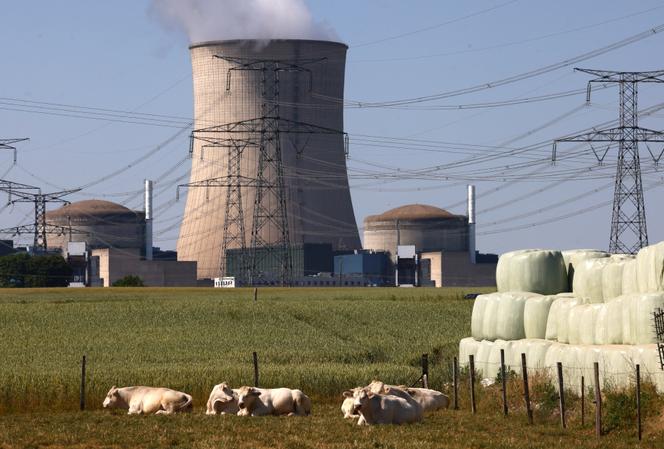


On Tuesday, December 26, the Interprofessional Technical Center for the Study of Atmospheric Pollution (Citepa) announced that France had confirmed a fall in greenhouse gas emissions over the first nine months of the year, compared with 2022. In October, the organization had already reported a 4.3% fall for the first half of the year, compared with the same period the previous year. By including the next three months in the assessment, the organization consolidates this provisional assessment, which appears even slightly more favorable, with an estimated drop of 4.6%. This decrease had already shown a 2.7% reduction in emissions compared with 2021 - estimates that do not include the forest carbon sink (the absorption of carbon dioxide by forests) or emissions linked to changes in land use.
According to the Citepa barometer, the three main contributors to the fall in domestic emissions are industry (-9.3%), energy production (-9.4%) and buildings (-7.5%). Transportation made a more modest contribution, with a drop of just 1.8% on last year. "For buildings, the drop in heating emissions was very sharp at the end of 2022, with the effects of rising energy prices (albeit tempered by the tariff shield) and incentives for energy sobriety," Citepa noted. "In 2023, these effects continued, even though the winter severity index shows the start of 2023 to be slightly harsher than the beginning of 2022." As the last three months of 2023 were exceptionally mild, this result should be largely confirmed for the year as a whole.
The industry's provisional assessment confirms the previous year's figures: The sector had already reduced its carbon footprint by 6.4% in 2022 compared with 2021, according to data from the French High Council for the Climate (HCC). However, fluctuations from one year to the next reflect not only the effects of structural changes but also circumstances. For example, the 9.4% drop in emissions from energy production follows a 4.9% increase in emissions from this sector in 2022, compared with 2021. In 2022, with a large proportion of France's nuclear power plants shut down for maintenance, and hydroelectric capacity severely impacted by the drought, gas power plants were very much in demand.
Similar inter-annual fluctuations are evident in the transport sector. Last year, this sector saw its emissions increase by 2.3% compared with 2021, according to the HCC. "Road transport saw a 15% drop in 2020, followed by a +12% rebound in 2021, and a further +2% rebound in 2022," CITEPA noted. "The 2023 barometer for the first nine months of 2023 shows an end to this rebound, with a 2.7% drop between the first three quarters of 2022 and those of 2023."
You have 45% of this article left to read. The rest is for subscribers only.
